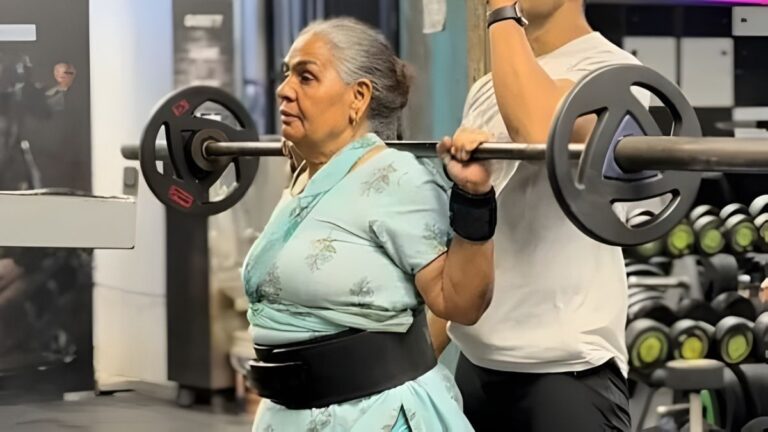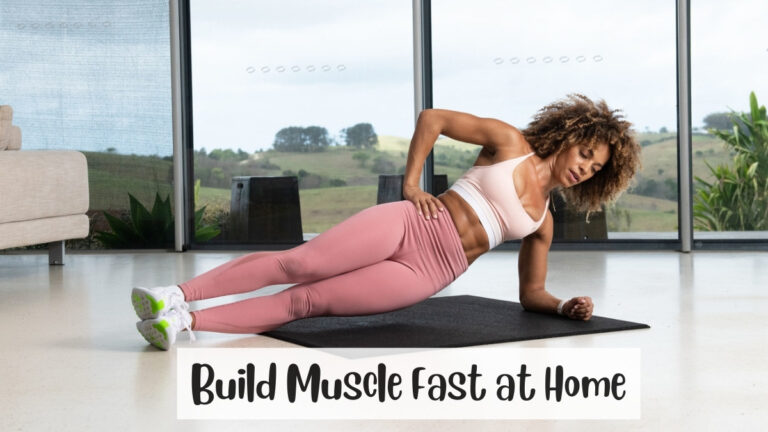The Simple Stretch Secret Keeping Seniors Active & Independent (5 Min/Day!)
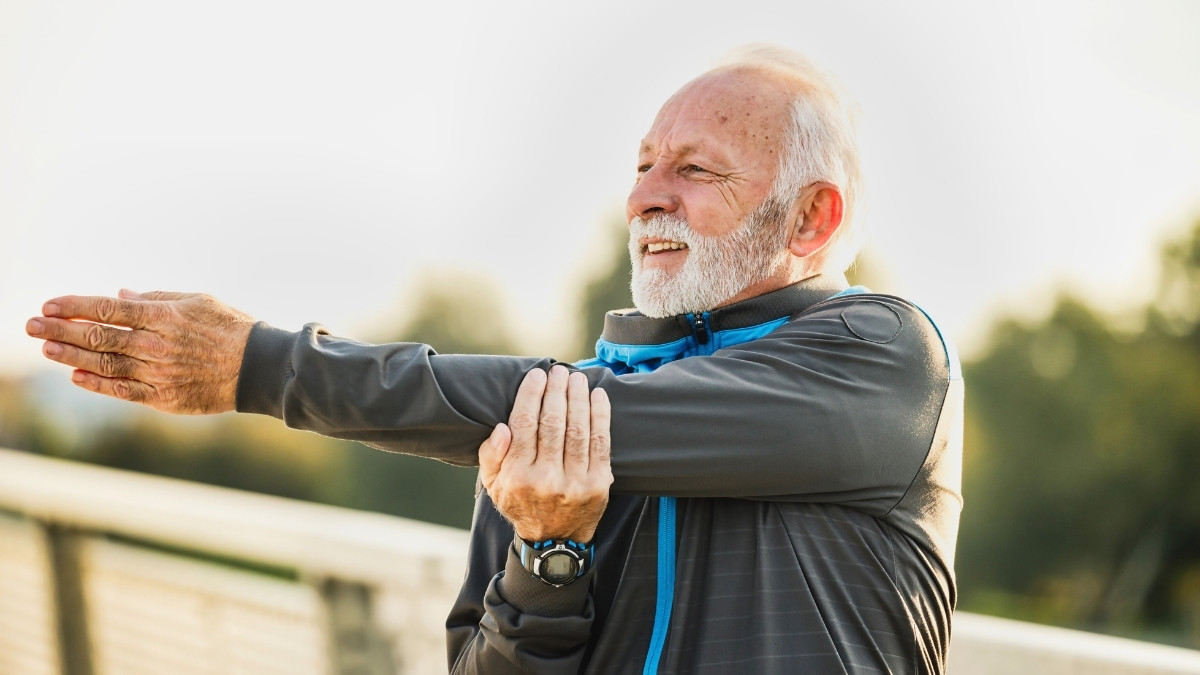
The Pain No Senior Should Accept
Stiff joints. Wobbly balance. That creeping fear of losing independence. These don’t have to be normal parts of aging, yet millions suffer needlessly. The truth? Your body craves movement – not intense workouts, just simple stretches that take less time than brewing coffee.
The 5-Minute Freedom Fix
Research shows tiny daily stretches deliver big results: easier movement, steadier steps, and lasting independence. No fancy equipment or gym membership required – just proven moves you can do anywhere. These gentle exercises have helped seniors regain the ability to garden, play with grandkids, and live life on their terms. Your golden years should shine bright, not feel limited. Let’s explore how five minutes can rewrite your mobility story.
1. The Science Behind Stretching: Why Just 5 Minutes a Day Works Wonders for Seniors
Daily stretching boosts blood flow, maintains muscle elasticity, and slows age-related stiffness by stimulating collagen production. Studies show even brief sessions improve range of motion, reducing injury risks.
Stretching also activates the parasympathetic nervous system, lowering stress hormones. For seniors, consistency matters more than intensity—5 minutes daily prevents muscle atrophy better than occasional long sessions. It also enhances synovial fluid circulation, keeping joints lubricated. Over time, this small habit delays mobility decline significantly.
Tips:
- Start slow: Hold each stretch for 15–30 seconds; avoid bouncing.
- Breathe deeply: Oxygenates muscles and maximizes flexibility gains.
- Stretch post-warmup: After a short walk or hot shower for safer, deeper stretches.
2. 5 Key Stretches Every Senior Should Do Daily (With Simple Instructions)
Neck Rolls: Sit tall, slowly tilt head side-to-side (5 reps) to relieve tension. Shoulder Rolls: Lift shoulders up/back/down to combat hunching. Seated Hamstring Stretch: Extend one leg, reach toes (keep back straight).
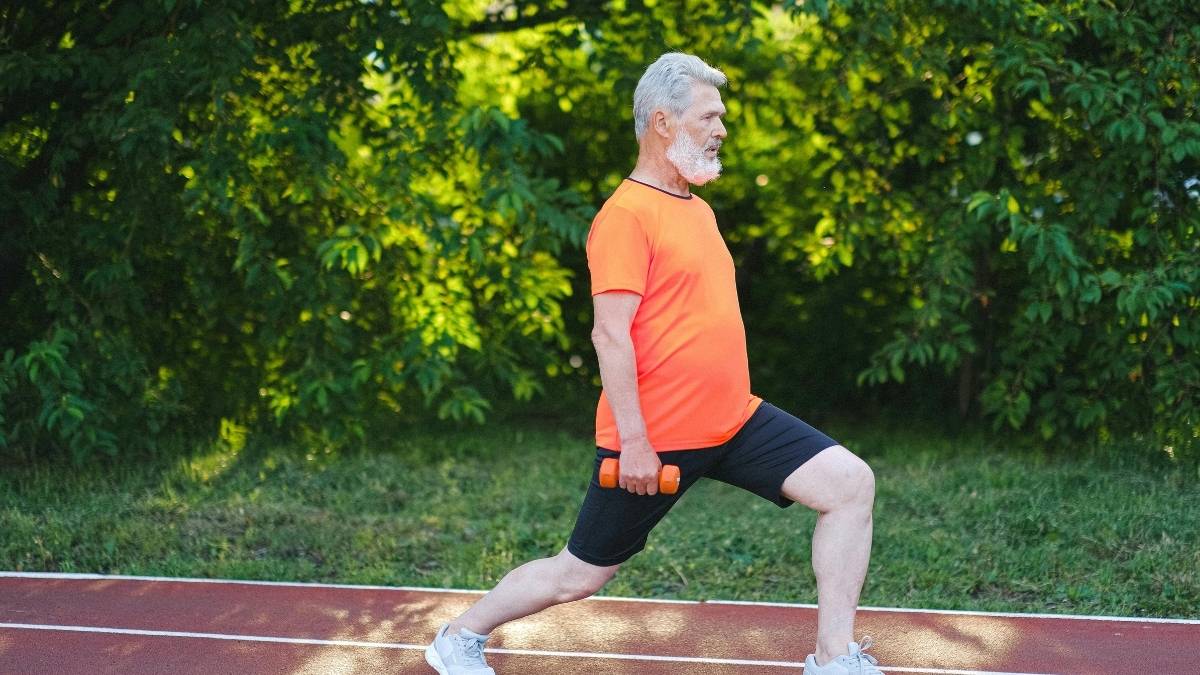
Ankle Circles: Rotate feet clockwise/counterclockwise to improve circulation. Standing Quad Stretch: Hold a chair, bend one knee to grab ankle (hold 20 sec). These target critical mobility areas without strain.
Tips:
- Use support: Hold a chair or wall for balance during standing stretches.
- Modify as needed: Use straps or towels to assist reaches.
- Prioritize symmetry: Repeat each stretch equally on both sides.
3. How Daily Stretching Preserves Independence & Reduces Fall Risks
Tight muscles impair balance; stretching improves proprioception (body awareness) by 19%, per Journal of Aging Research. Flexible hips and ankles prevent tripping, while stronger core muscles aid stability.
Seniors who stretch regularly recover faster from stumbles, reducing fracture risks. Independence hinges on maintaining stride length and sit-to-stand ability—both rely on limber hamstrings and quads.
Tips:
- Practice tandem stance: Stand heel-to-toe daily to sharpen balance.
- Add toe taps: Strengthen ankles by tapping toes up/down while seated.
- Track progress: Note improvements in reaching or bending to stay motivated.
4. Stretching for Joint Health: Relief from Arthritis & Stiffness
Gentle motion increases synovial fluid, which cushions joints and eases arthritis pain. Stretching also breaks down adhesions in connective tissue, reducing stiffness.
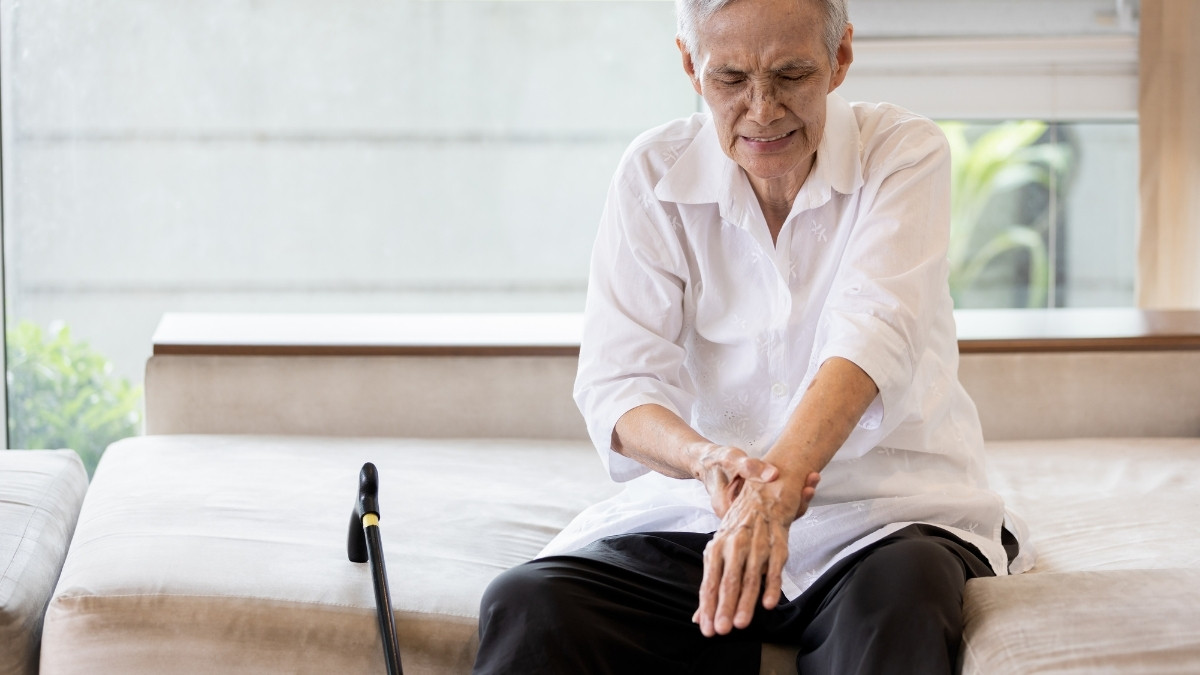
For knees, try seated leg extensions; for hands, spread fingers wide then make fists. Research in Arthritis Care & Research found stretching reduces osteoarthritis discomfort by 40% over 8 weeks.
Tips:
- Warm joints first: Use a heating pad or warm towel before stretching.
- Avoid overstretching: Stop at mild tension—never pain.
- Hydrate: Water supports joint lubrication; drink before/after sessions.
5. The Mind-Body Connection: Stretching Boosts Mood & Mental Clarity
Stretching triggers the release of endorphins, reducing stress and anxiety while improving mood. Gentle movements also increase blood flow to the brain, enhancing focus and cognitive function. Studies show that mindful stretching can lower cortisol levels, promoting relaxation.
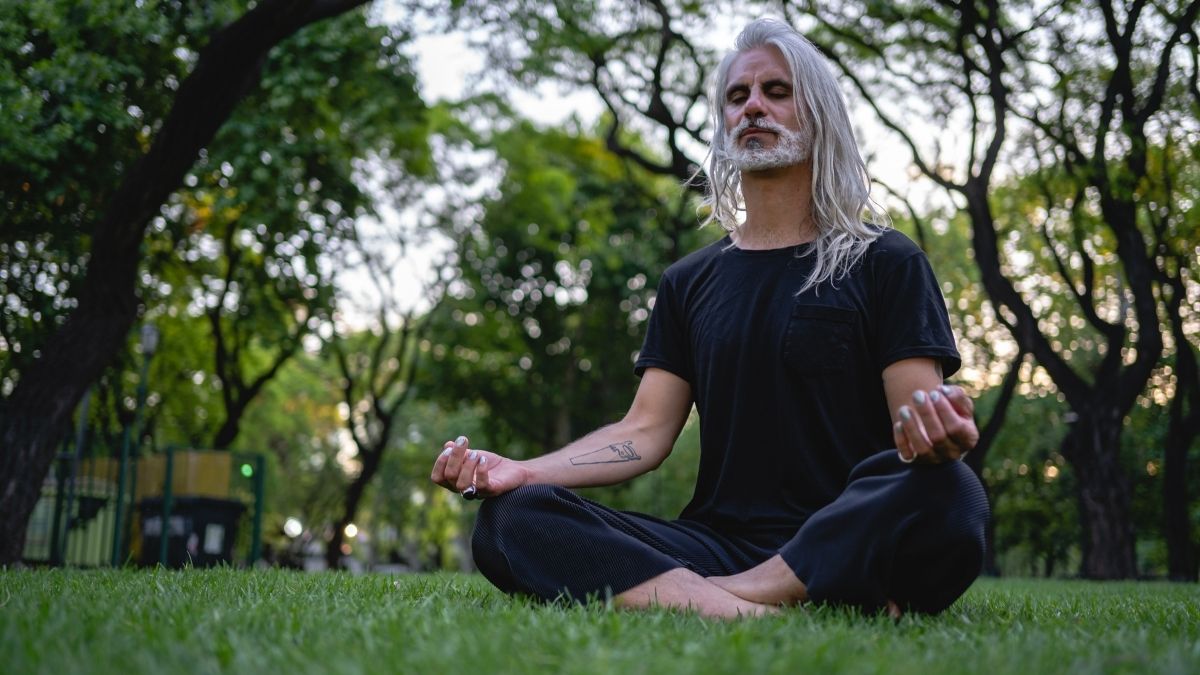
For seniors, this can combat feelings of isolation or depression. Incorporating deep breathing during stretches further activates the parasympathetic nervous system, fostering calmness. Over time, this daily ritual becomes a powerful tool for mental well-being.
Tips:
- Pair with deep breathing: Inhale during the stretch, exhale while releasing for maximum relaxation.
- Stretch in nature: Take your routine outdoors to combine sunlight (vitamin D) and fresh air for added mood benefits.
- Try guided sessions: Use calming music or a mindfulness app to enhance mental clarity.
6. Making It a Habit: Easy Ways to Incorporate 5-Minute Stretches Into Daily Life
Consistency is key—link stretching to existing habits like morning coffee or TV time. Set a reminder on your phone or leave stretch bands in visible spots as cues.
Break the 5 minutes into mini-sessions (e.g., 1 minute after sitting for long periods). Seniors who attach stretching to daily rituals (brushing teeth, waiting for the kettle) are 3x more likely to stick with it. Keep it simple: Focus on 2–3 stretches initially, then expand.
Tips:
- “Stack” habits: Stretch during TV commercials or after checking the mail.
- Use a visual tracker: Mark a calendar for each day completed to build motivation.
- Buddy up: Stretch with a friend or family member for accountability and fun.
7. Real-Life Success Stories: Seniors Who Transformed Their Mobility with Minimal Effort
A 72-year-old with chronic back pain regained gardening ability after 6 weeks of daily hamstring stretches. Another senior reduced falls by 50% by practicing ankle circles while brushing teeth.

A study in Gerontology found that 5-minute stretchers maintained stair-climbing strength longer than non-stretchers. These small wins prove that minor efforts yield major independence gains.
Tips:
- Start with a goal: Aim for one tangible win, like tying shoes without stiffness.
- Celebrate progress: Note improvements in a journal or share with loved ones.
- Share your story: Inspire others by joining community fitness groups or online forums.
General Tips
- Stretch daily for just 5 minutes—consistency beats intensity for long-term mobility.
- Focus on major muscle groups (neck, shoulders, hips, hamstrings, ankles) to maintain flexibility.
- Breathe deeply while stretching to enhance relaxation and oxygen flow.
- Use support (chair/wall) for balance to prevent falls and build confidence.
- Pair stretching with daily habits (like TV time or brushing teeth) to stay consistent.
- Listen to your body—stretch gently, never to the point of pain.
- Track progress & celebrate small wins to stay motivated and see real improvements.
Final Thought
What if just 5 minutes a day could be the difference between relying on others and living life on your terms? Science proves that simple stretches unlock more energy, better balance, and pain-free movement—keys to staying independent as you age. No gym, no equipment, just your body and a chair. Imagine bending to tie your shoes without struggle, walking confidently without fear of falls, or waking up without stiffness. This isn’t magic—it’s movement. Start today, and your future self will thank you. Your independence is worth 5 minutes—are you in?

